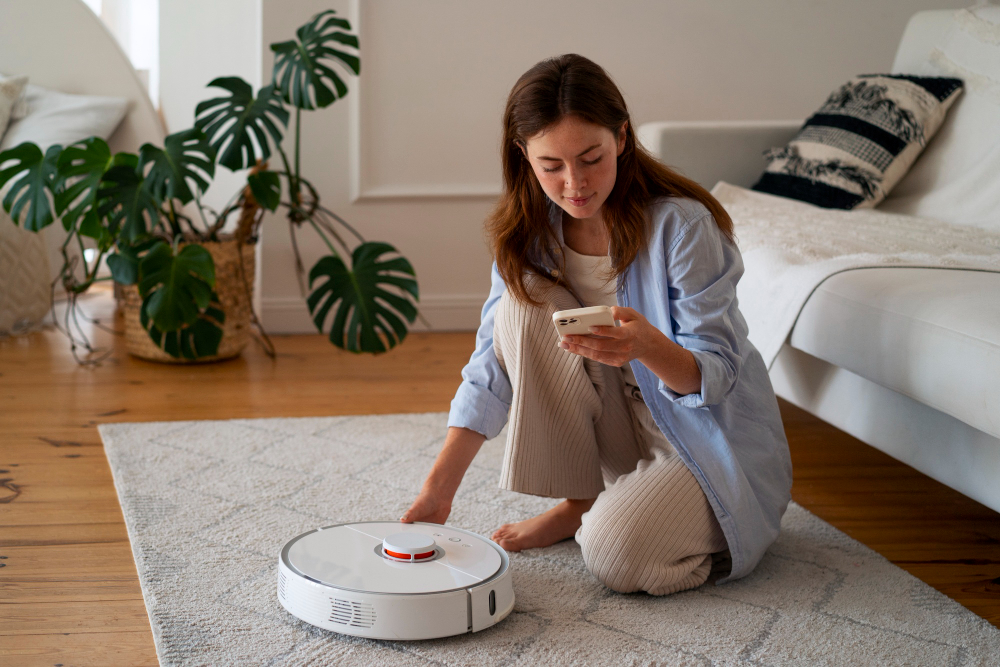Smart homes are no longer a futuristic dream—they're our reality. From adjusting the thermostat with a tap to turning off the lights via voice command, people expect seamless, intuitive control over their home environments. But making these experiences feel natural requires more than just a few buttons on a screen. It takes thoughtful design, secure architecture, and a clear understanding of real user needs.
So, how do you create a smart home app that people actually enjoy using? And how do you make sure it’s secure, reliable, and scalable across platforms?
Start With the User, Not the Device
The best smart home experiences don’t start with sensors or hardware—they start with people. Great smart home app development begins by identifying daily routines and pain points. Whether it’s a parent wanting to control the baby monitor remotely or a traveler double-checking door locks from across the world, understanding context is everything.
Design flows should be built around routines and habits—not the other way around. The app should anticipate common actions—like dimming lights in the evening or switching to \"Movie Night\" mode—and make those actions feel effortless. Context-aware automation, personalized scenes, and timely alerts can all enhance usability while creating a strong sense of control.

Clean UX That Feels Effortless
The more smart devices we add, the more complex the interfaces can become. That’s why creating a smart home app requires a careful balance: rich functionality without overwhelming the user.
Good design removes friction. That might mean letting users customize their home dashboard, using intuitive color-coding for device status, or blending voice and touch controls seamlessly. A simple onboarding that teaches just enough is more effective than an in-depth tutorial users will skip.
Security Is Not Optional
A smart home that’s not secure isn’t smart at all. From connected cameras to door locks, your app is managing real-world safety. So smart home application development must include robust encryption, secure login options (like biometrics or 2FA), and careful handling of user permissions.
More than that, users need to feel safe. Clear notifications about access attempts or account changes help build trust. Transparency in privacy policies and giving users control over data sharing is key.
Choosing the Right Tech Stack
Whether you're building a Flutter smart home app, opting for a React Native smart home app, or focusing on Android app development for home automation, your choice should prioritize reliability and scalability. Flutter provides smooth, expressive UI across platforms; React Native offers deep ecosystem integrations; and Android can go deeper with native device control when needed.
No matter your stack, thorough testing across devices is crucial to guarantee smooth operation in the real world.
Smart Homes That Save
Smart home apps aren’t just about convenience—they can lead to real savings. Automating thermostat settings or using motion-activated lighting can significantly reduce energy use and cut utility bills. These eco-smart features aren’t just good for the planet—they’re a strong selling point for users too.
Beyond cost savings, smart home systems can contribute to a more sustainable future. By monitoring energy consumption in real time and optimizing device usage, they help reduce unnecessary waste. Features like water-saving irrigation, smart plugs that cut phantom power, and energy usage insights can encourage more conscious habits. In the long run, small changes made through a well-designed app can scale into a meaningful environmental impact.
.webp?alt=media&token=8029876f-7a96-4e7c-8304-02210e60e829)
Thinking Ahead. What’s Next?
The smart home space is evolving fast. If you want to build your own smart home app that’s ready for tomorrow, it needs to support interoperability with emerging platforms like Matter or HomeKit, make smart predictions based on user behavior, and support local device communication to reduce latency.
As users expand their setups, your app should grow too—offering family profiles, device grouping, and remote controls that work across cities and continents.
Ready to Build Your Smart Home App?
At Olearis, we specialize in crafting intuitive, secure, and scalable apps for connected living. Whether you're starting from scratch or optimizing an existing solution, we help you make smart homes feel smarter.
Let’s create a solution that feels effortless, secure, and truly smart—helping people take control of their homes while doing their part for the planet. At Olearis, we combine strong UX practices with modern frameworks and a deep understanding of how people live today to deliver smart home experiences that matter.



